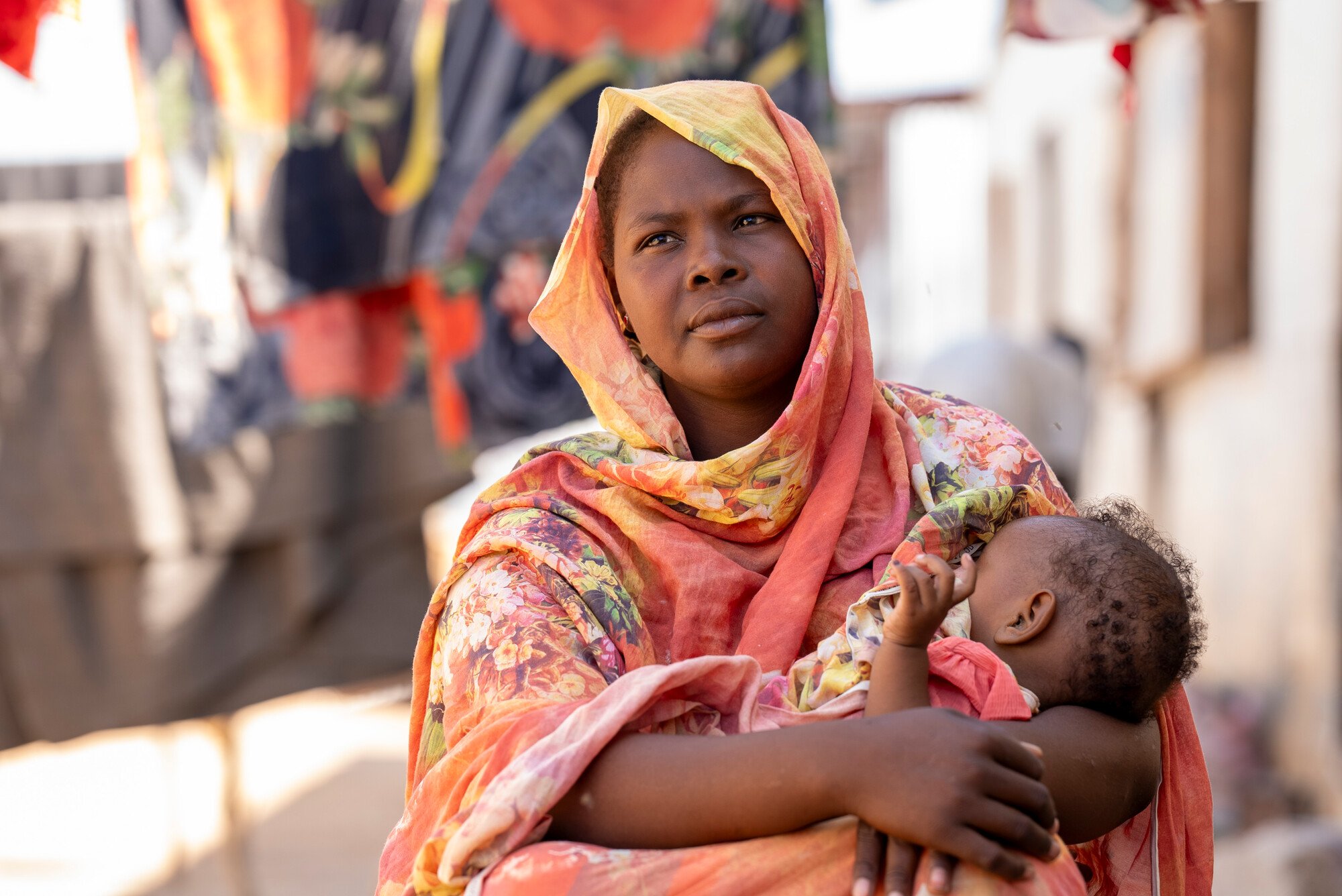Research
Search research reports
-
Research
Increasing Civil Society Ownership of National Climate Plans: Lessons drawn from Senegal's NDC experience
The issue of civil society participation in the processes of developing, implementing, and monitoring national climate plans is crucial to ensuring that these ambitions are both acceptable to the populations and, beyond that, that they align with a trajectory of sustainable development beneficial to all actors in Senegalese society.
This case study aims to analyze the degree of involvement through consultations with a variety of civil society actors, as well as members of the administration and international partners active in the fight against climate change. While some believe that civil society participation has progressed
significantly in recent years, the vast majority feel that the level reached is still insufficient.
Barriers to civil society’s appropriation of climate issues include, among others, the lack of representativeness of grassroots organizations and vulnerable groups, as well as the unfamiliarity of civil society organizations (CSOs) and community-based organizations (CBOs) with the processes, objectives, and stakeholders of the National Climate Plan (NCP), meaning that many civil society actors are rarely aware of their contribution to its implementation even though they are involved.
The study also shows how limited human and financial resources reduce the possibility of broad participation by civil society organizations, especially outside the capital. This raises the question of a fair, adequate, and targeted allocation of climate financing to meet the ambitions of climate policies in Senegal. This report presents recommendations to overcome barriers that may explain low ownership of national climate plans by communities, in order to propose ways for populations to be key actors in an ambitious ecological transition in Senegal.

-
Research
The perception of climate change in Senegal coastal areas
The cognitive dimension of climate change is a subject that is rarely analysed. However, communities’ endogenous adaptation strategies are heavily dependent on their perception of the risks linked to climate change. An analysis of individuals’ representations and perceptions of climate change makes it possible to improve the ability to adapt of territories confronted by it.
In this analysis, the relations of interdependence between perception, knowledge and adaptation strategies show how communities living in the coastal area of Senegal interpret climate change, in particular in the fields of agriculture, water resources and coastal areas.
Considering these representations favours the co-construction and acceptability of the adaptation strategies. It enables state and non state actors to better understand the communities’ needs as regards public climate policies, whereas the media can identify levers they can use to devise effective public information campaigns on the climate, in order to reduce the vulnerability of communities that face climate hazards.

-
Research
At Work and Under Watch
Surveillance and suffering at Amazon and Walmart warehouses

-
Research
Oxfam's Corporate Inequality Framework
Investor Use Guide

-
Research
Corporate Inequality Framework
How do the largest US corporations contribute to inequality?

-
Research
Getting Ahead of the Curve on Dynamic Materiality: How U.S. investors can foster more inclusive capitalism
Despite soaring corporate profits and strong market performance, wealth and income inequality are increasing, leading to public disenfranchisement and imbalances which can eventually jeopardize crucial business functions and diversified investors’ portfolios. Institutional investors are increasingly concerned with the financial implications of social and environmental risks, but often lack the tools to identify and mitigate them. This discussion paper is designed to support U.S. investors in understanding how sharing more wealth and influence with workers and communities can correct imbalances and support early identification and mitigation of emerging risks. Specific tools and opportunities are highlighted which can foster more sustainable and responsible value creation and ultimately a more inclusive and thriving economy.




